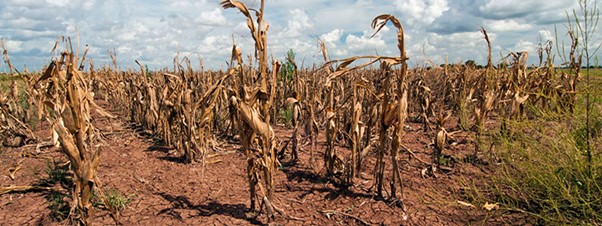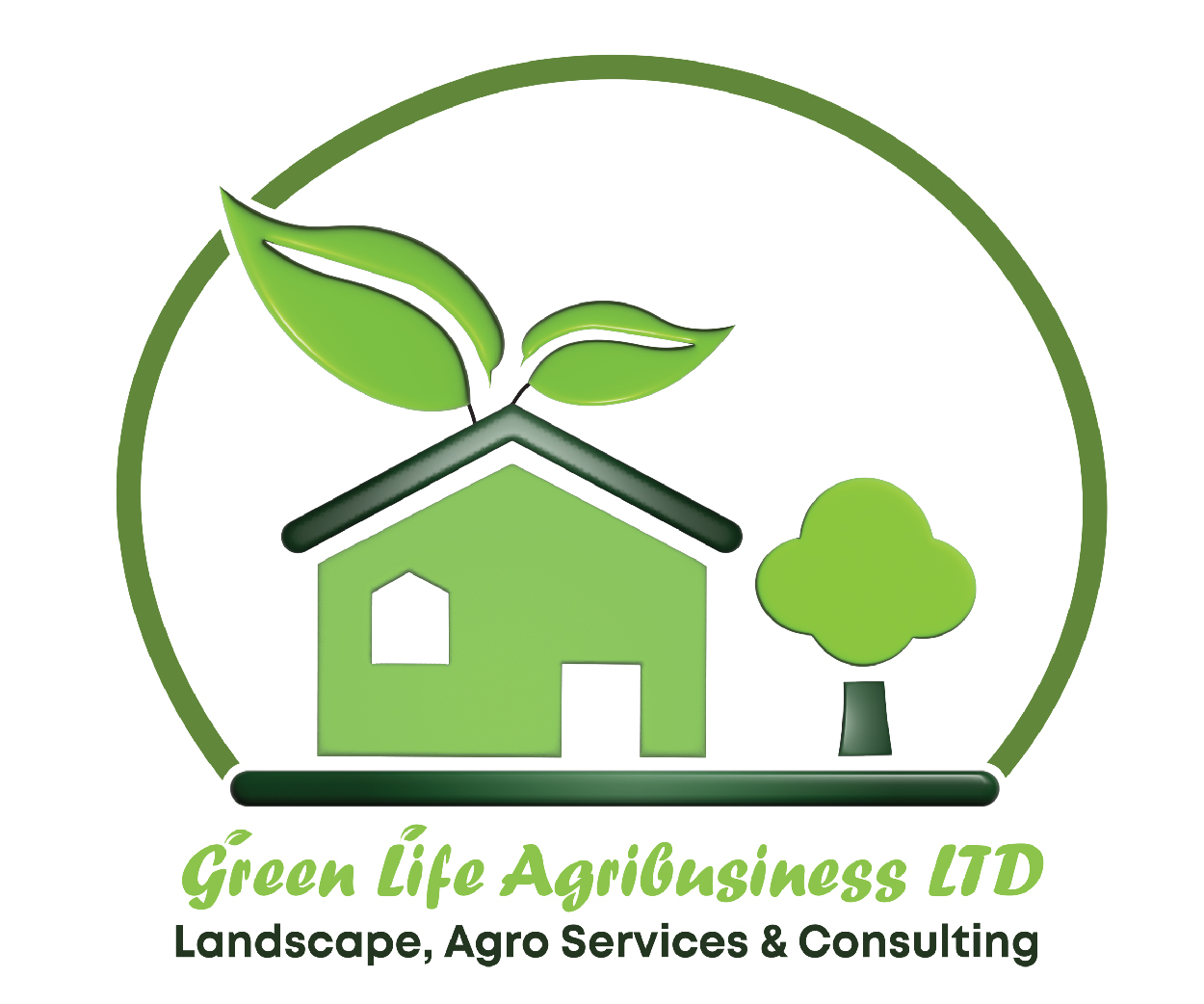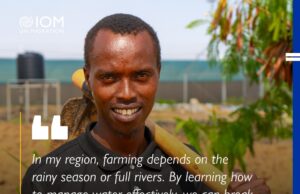According to the World Food Program (WFP) (2024), Somalia is facing a severe hunger crisis due to the expected below-average rainfall associated with La Niña, and farmers are also facing significant setbacks that could cripple the agricultural sector. United Nations agencies warn that crop yields could fall drastically due to low expected rainfall between October and December 2024, leading to both food shortages and economic hardship for farmers and their communities. Agriculture, which employs a large proportion of the Somali population, is particularly vulnerable to climate change and the expected drought threatens to destabilize livelihoods, increase food insecurity and deepen poverty in rural areas.
With little rainfall, crops will struggle to reach maturity, resulting in smaller harvests and many farmers not having enough produce to feed their families or sell at local markets. This lack of locally grown food can drive up prices, making it harder for low-income households to afford staple foods and increasing Somalia’s dependence on imported food. For livestock farmers, the drought poses an additional threat, as the reduced availability of water and grazing land can lead to livestock losses and a deterioration in herd health.
The drought also puts farmers at risk of falling into a cycle of debt. With fewer crops to sell, farmers may have to take out loans to meet their basic needs, making them financially vulnerable if they cannot repay these debts. The loss of income limits their ability to invest in farm inputs such as seeds, tools and fertilizer, making it more difficult for them to recover when conditions eventually improve.
To address these challenges, humanitarian organizations emphasize the urgent need for resources to support Somali farmers. Programs that provide drought-resistant seeds, water management solutions and income diversification strategies could help rural communities remain resilient in the face of worsening climate conditions. Without this support, Somalia’s agricultural backbone could struggle to survive, further exacerbating the hunger crisis and jeopardizing long-term food security.














